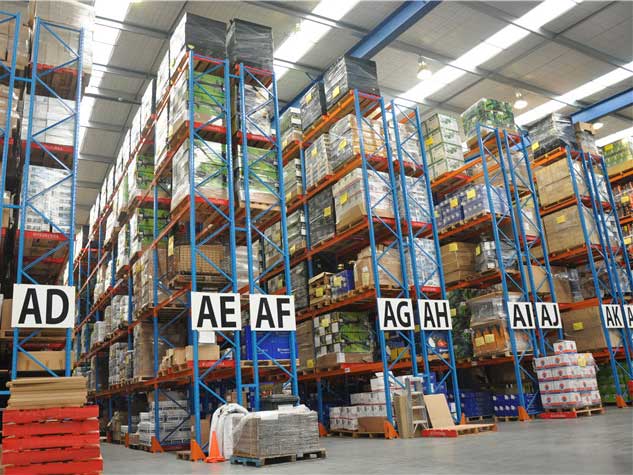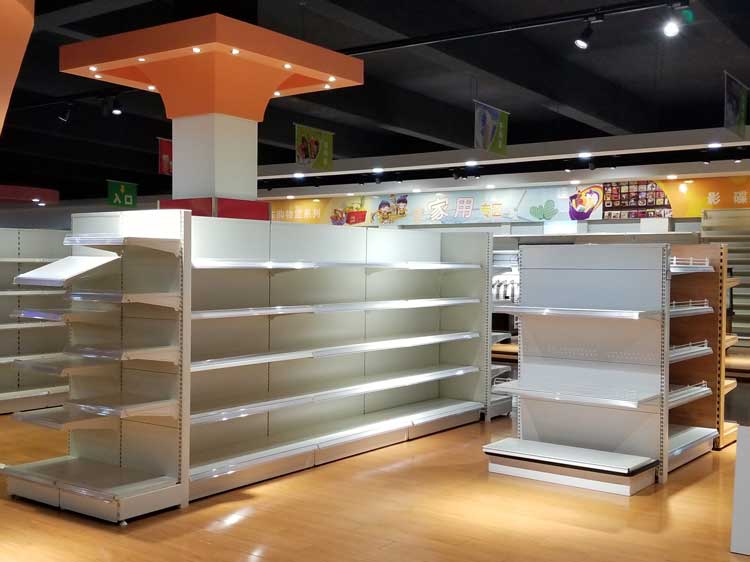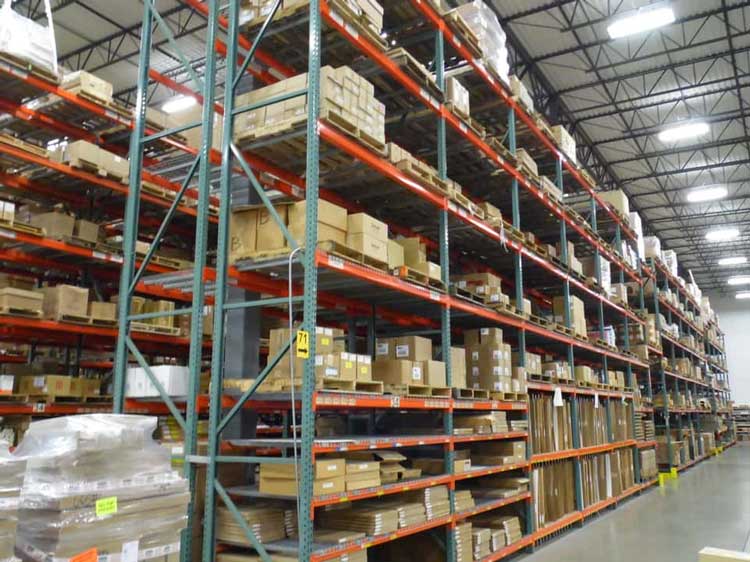 spieth10@spiethstorage.com
spieth10@spiethstorage.com +8615259233328
+8615259233328
LATEST NEWS
-
Time:4/29/2024
-
Time:4/19/2024
-
Time:4/1/2024
-
Time:3/29/2024
CONTACT US
-
 Tel : +8615259233328
Tel : +8615259233328
-
 E-mail : spieth10@spiethstorage.com
E-mail : spieth10@spiethstorage.com
-
 Address : Tongan Park, Tongan District, Xiamen, China 361023
Address : Tongan Park, Tongan District, Xiamen, China 361023
Industry News
Classification of Logistics Trolleys and Their Respective Characteristics
 Time:6/2/2021
Time:6/2/2021 842
842Share:
Logistics trolley is a kind of common logistics turnover container in the warehouse of the factory, most of which are customized. The more common types are fixed, detachable and foldable logistics trolley. The difference between them is the structure. Logistics trolley itself plays a great role in warehousing logistics and has many advantages. For example, convenient transportation, high visibility and foldable display. Based on its own advantages, logistics trolley is widely used. So what are the characteristics of different types of logistics trolley.
1、Fixed logistics trolley
From the appearance of the fixed logistics trolley, no matter the shape or the surface treatment, it has a strong aesthetic; From the point of view of connection points, all adopt welding treatment, so the structure is more firm; At the same time, there are no obvious welding points on the surface of the logistics trolley, because all of them are invisible; The stability is strong; The service life is long, which can reach 5-8 years; It is suitable for long distance transportation.
2、Folding logistics trolley
The difference between the folding logistics trolley and the fixed logistics trolley is that the logistics trolley is not fixed but foldable. After folding, the main body and the base are in different shapes, the former is L-shaped, the latter is U-shaped. The stability of this kind of structure logistics trolley is its biggest advantage, it will not topple, so the transportation can be carried out more smoothly; Compared with the first structure, this structure is more difficult to manufacture; But the method is simple; The service life is long, about 3-4 years.
3、Detachable logistics trolley
The detachable logistics trolley can be disassembled and folded, taking up less space. The detachable structure includes a base and a four side net. The detachable logistics trolley can make the loading and unloading process more convenient and simple; From the process of transportation, the time cost of labor can be reduced to a certain extent, so as to improve the production capacity to a certain extent; This structure has a wide range of applications and is a very common goods transfer tool.

ONLINE SERVICE
-

-
 +8615259233328
+8615259233328
 0
0
Browsing History


















 Link:
Link:




